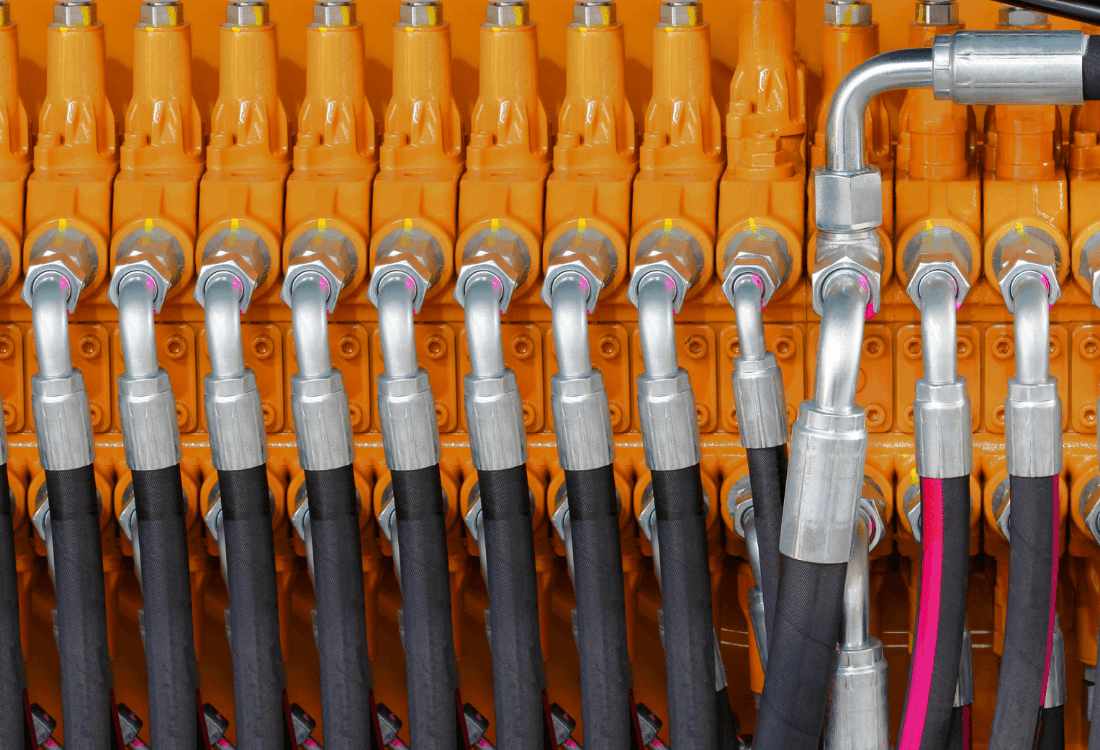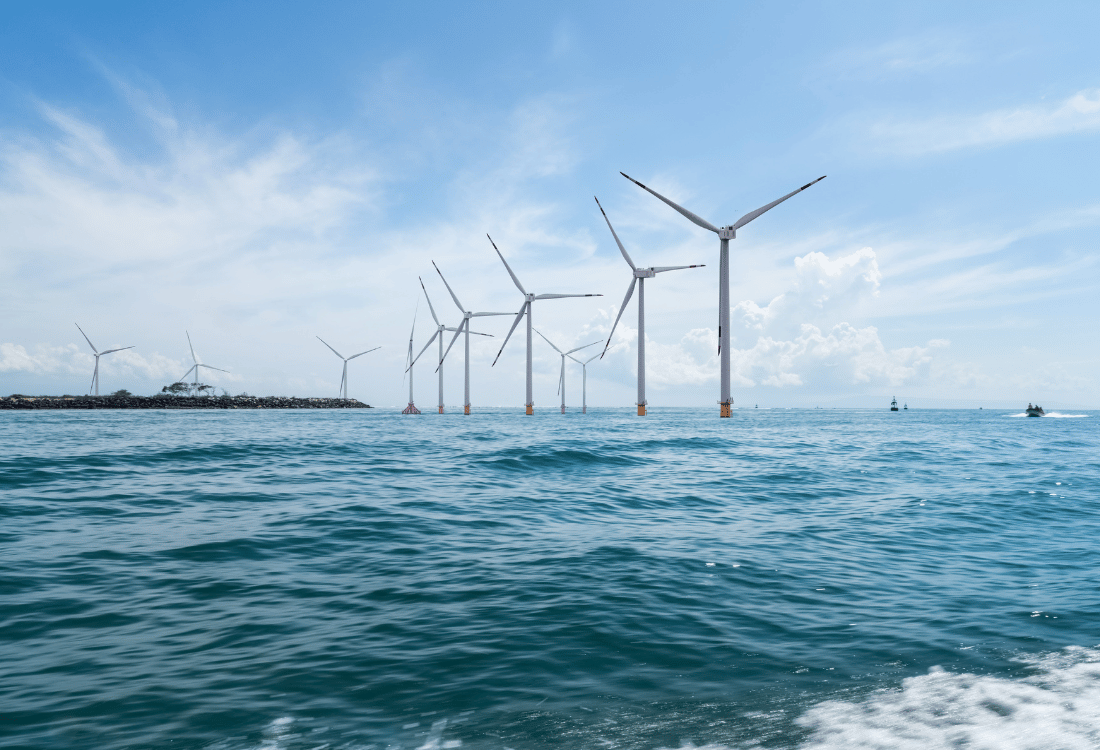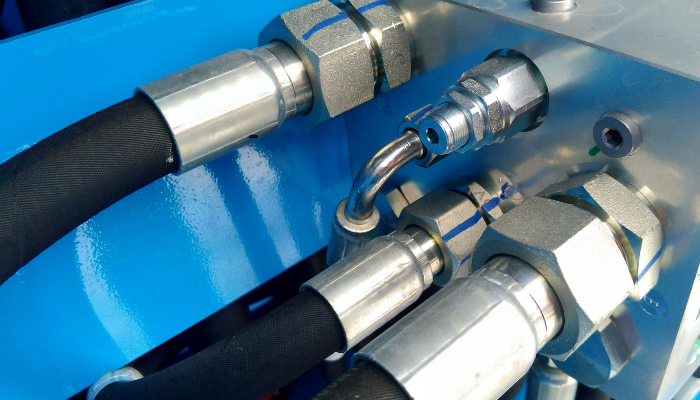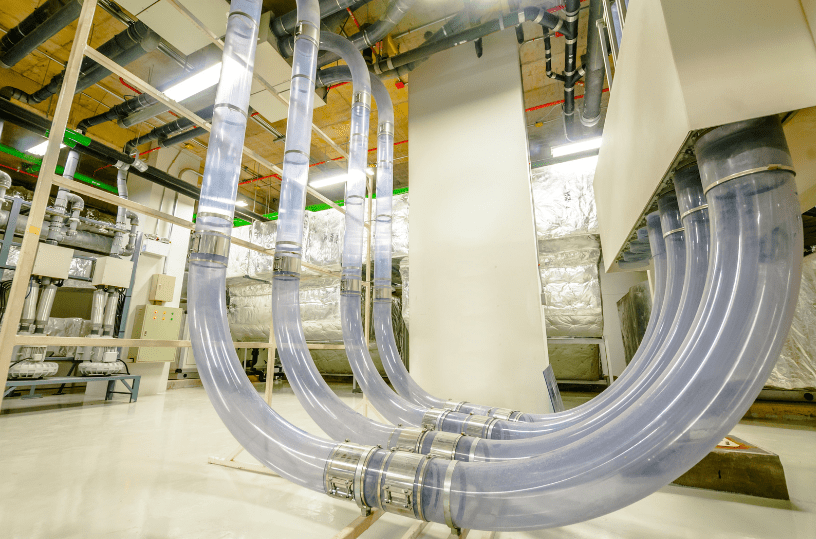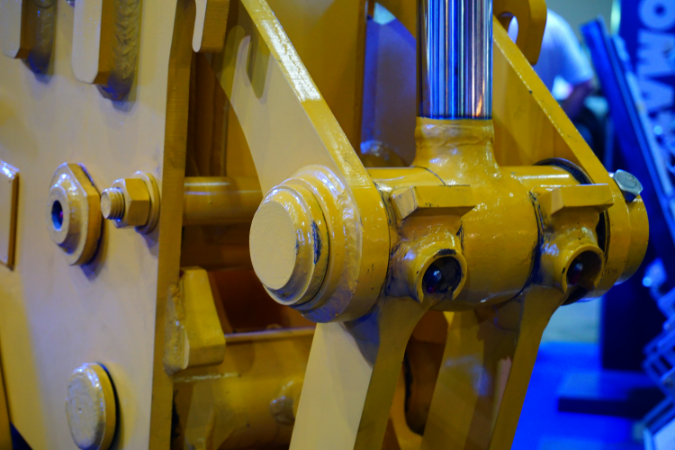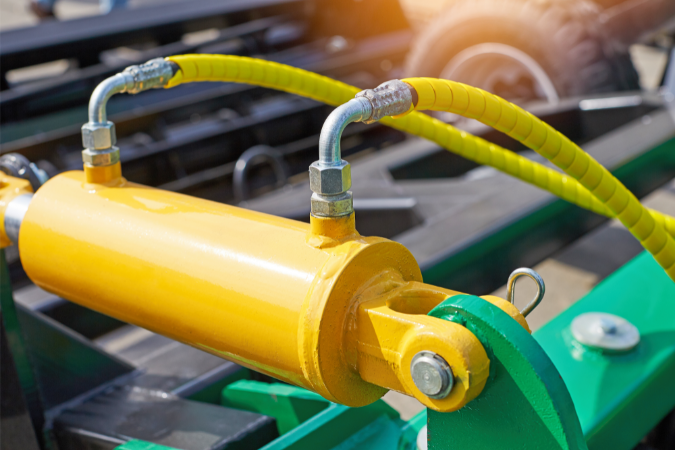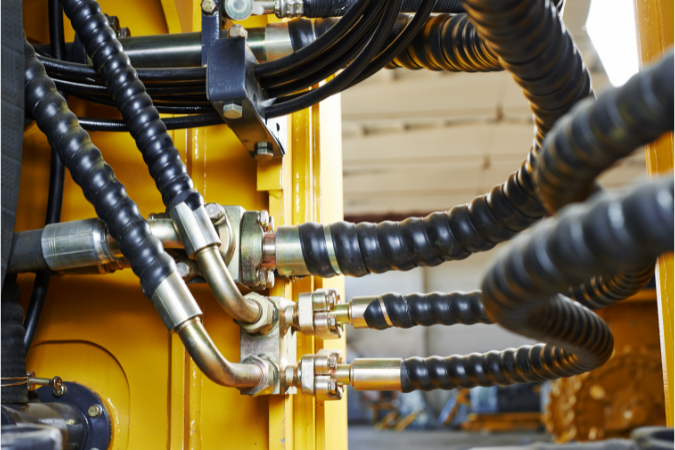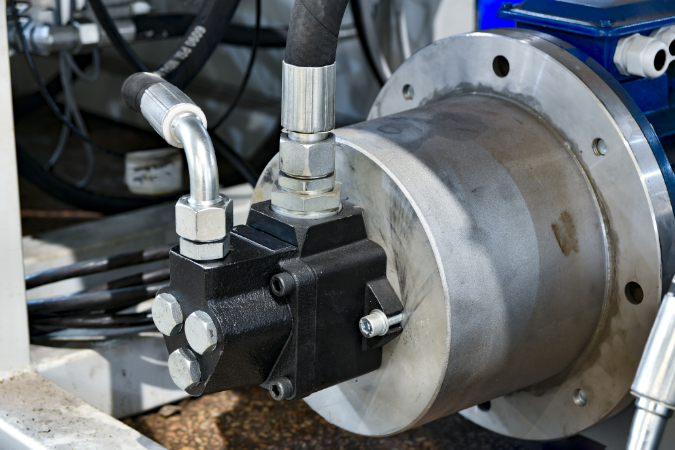Search Results for: fluid power systems
How Hydraulic And Pneumatic Systems Are Driving UK Offshore Wind Farm Operations
Offshore wind-powered renewables are a burgeoning sector in the UK, with large coastal installations now contributing significantly to the national renewable energy stock. Central to the efficiency and functionality of these offshore installations are a range of advanced fluid power systems. These applications play a vital role in optimising the operations and maintenance of offshore […]
Reactive Vs Proactive Repairs: How To Reduce Downtime In Your Hydraulic And Pneumatic Systems
In the precision world of manufacturing and engineering, few occurrences hold more of a sting than unexpected downtime. Downtime is often more than merely an inconvenience: for critical fluid power applications, downtime can cause a domino effect that impacts production schedules, overheads, and in serious cases, staff safety.
The Role Of Hydraulic Power In Sustainable Engineering
The shift towards sustainability in all industrial and manufacturing sectors has been inexorable, with the fluid power industry being no exception. As climate change continues to make headlines and natural resources become increasingly scarce, engineers are being challenged to rethink traditional fluid power design approaches and find more environmentally sustainable solutions.
The Ultimate Guide To Hydraulic Systems
How does a hydraulic system work? What components are used in a hydraulic system? What are the advantages of hydraulic systems? What are the disadvantages of hydraulic systems? Your next steps Hydraulic systems are a type of fluid power system that uses pressurised liquid to transmit force. A highly versatile and powerful tool, they are […]
How Pneumatic Systems Are Used In Modern Medical & Healthcare Applications
Design Essentials: The 5 Principles Of Hydraulic Power Systems
All hydraulic fluid power systems, no matter how diverse, rest on five fundamental operating principles. To develop a versatile and efficient means of transmitting power, therefore, it is essential that any hydraulic system design accommodates these principles within the design, maintenance, and troubleshooting stages.
Exploring The Potential Of Hydraulic Systems In Renewable Energy Generation
Hydraulic systems have been widely used in industrial and power generation applications for decades, proving to deliver exceptional and reliable power transmission mechanisms, precise control, and versatile operation. Hydraulic solutions are mainstays in the fields of automotive manufacturing, aerospace, construction, and civil engineering, and in recent years their role in renewable energy generation is also […]
Cutting-Edge Trends In Hydraulic Engineering 2023/24: A Deep Dive Into Modern Fluid Mechanics
Hydraulic systems have a long and rich history in commercial applications, stretching from ancient Egypt to the present day by means of mediaeval Syria and 18th century London. One of the great things about being an engineer in this field is the way it continually reinvents itself to adapt to changing demands, incorporating the best […]
How Compact Hydraulic Power Units Increase Efficiency And Reduce Downtime
Compact hydraulic power units are at the forefront of many industrial hydraulic applications due to their high performance and energy efficiency. These small, self-contained systems generate fluid flow to provide power to various hydraulic systems, and each compact power unit typically includes a motor, a hydraulic fluid reservoir, and an integrated pump, all designed in […]

